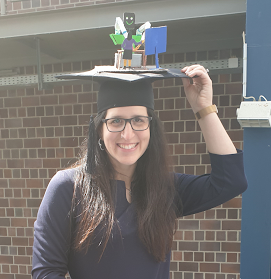Cited By
View all- Jaiswal AHebri APavel HZadeh MMakedon F(2023)SmartFunction: An Immersive Vr System To Assess Attention Using Embodied CognitionProceedings of the 16th International Conference on PErvasive Technologies Related to Assistive Environments10.1145/3594806.3596559(485-490)Online publication date: 5-Jul-2023
- Jaiswal ARamesh Babu AZaki Zadeh MWylie GMakedon F(2023)Detecting Cognitive Fatigue in Subjects with Traumatic Brain Injury from FMRI Scans Using Self-Supervised LearningProceedings of the 16th International Conference on PErvasive Technologies Related to Assistive Environments10.1145/3594806.3594868(83-90)Online publication date: 5-Jul-2023
- Karim ENambiappan HAcharya SMakedon F(2023)Remote Operated Human Robot Interactive System using Hand Gestures for Persons with DisabilitiesProceedings of the 16th International Conference on PErvasive Technologies Related to Assistive Environments10.1145/3594806.3594832(137-139)Online publication date: 5-Jul-2023
- Show More Cited By


